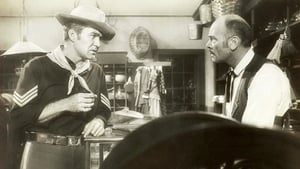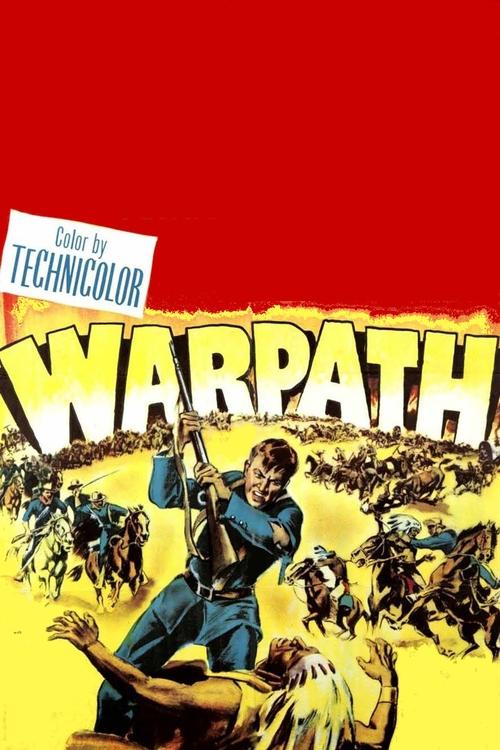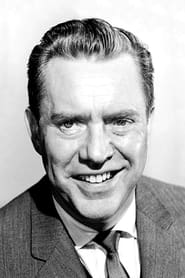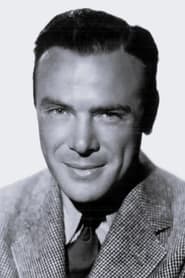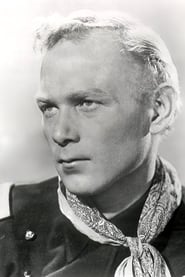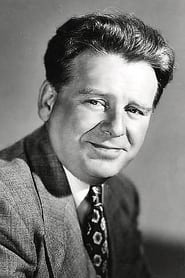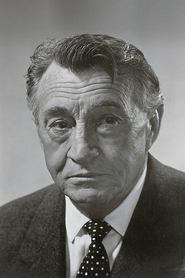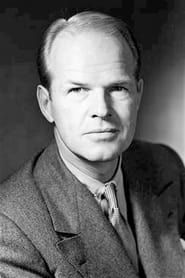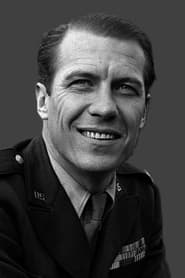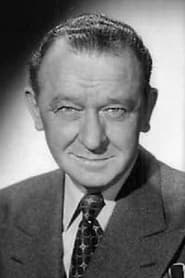Cast
View AllEdmond O'Brien
as John Vickers
Dean Jagger
as Sam Quade
Forrest Tucker
as Sgt. O'Hara
Polly Bergen
as Molly Quade
Harry Carey, Jr.
as Capt. Gregson
James Millican
as Général George Armstrong Custer
Douglas Spencer
as Kelso
Wallace Ford
as Pvt. 'Irish' Potts
Paul Fix
as Pvt. Fiore
Louis Jean Heydt
as Herb Woodson
Paul Lees
as Cpl. Stockbridge
Walter Sande
as Sgt. Parker
Charles Dayton
as Lt. Nelson
Robert Bray
as Maj. Comstock
James Burke
as Oldtimer
Crew
Director
- Byron Haskin
Writer
- Frank Gruber
Producer
- Nat Holt
Reviews
Wuchak
_**A flawed, but exceptional Cavalry vs. Indians Western from the early 50s**_
A vengeful former officer (Edmond O’Brien) joins the 7th Cavalry in order to track down those responsible for his wife’s death years earlier with everything leading to a showdown with the Sioux and events surrounding the Little Bighorn debacle. Forrest Tucker plays his sergeant, Polly Bergen a romantic interest and Dean Jagger her shopkeeper father. James Millican convincingly plays General Custer.
The plot of “Warpath” (1951) was ripped-off by writer Frank Gruber from Ernest Haycox’s novel “Bugles in the Afternoon,” which was made into an inferior stage-bound Western the year after this one (with Tucker in the same role, interestingly enough).
O’Brien is certainly serviceable, but arguably miscast because he’s a little too pudgy for the role that called for someone of Kirk Douglas’ robust demeanor or John Wayne’s formidableness. Another issue is the old-fashioned way the men typically deliver their obviously-scripted dialogue in an austere rat-a-tat-tat manner, which seems unnatural.
But, if you can acclimate, this is a great old Western that gets better as it proceeds and is superior to Ford’s renowned cavalry Westerns released just prior to this one. The movie delivers superbly in both human interest and action. The title “Warpath” has a duel relevancy in that the protagonist is on the warpath as well as the Sioux, and both justifiably.
Speaking of the Sioux, producers used real American Indians (with the exception of the sub-chief, played by John Mansfield), as well as authentic locations from the same general area of the real-life events (listed below). On top of this Polly Bergen was sure a beauty in her prime.
I’m surprised “Warpath” is so obscure. It must be because of the issues noted above, but they’re not significant enough to ruin what is a very compelling and worthwhile old Western that’s so meaty it could’ve easily ran another half hour. This is going down on my list of favorite Westerns.
The film runs 1 hour, 35 minutes, and was shot in the greater Billings area of southeast Montana, including Yellowstone County and the Crow Reservation.
GRADE: A-
Dec 29, 2021
Thematic Analysis
Warpath represents a fascinating example of Western cinema, offering viewers a unique perspective on interpersonal relationships and emotional connections. The film's approach to its themes demonstrates a creative vision that distinguishes it within its genre.
Director Byron Haskin brings their distinctive visual style to this film, continuing their exploration of themes seen in their previous works while adding new elements. Their approach to pacing and visual storytelling creates a viewing experience that rewards close attention.
Released in 1951, the film exists within a cultural context that now offers viewers historical perspective on the social issues of that era. Its reception demonstrates the diverse reactions to its artistic choices and its place in cinema history.
Did You Know?
- The production of Warpath took approximately 5 months from pre-production to final cut.
- The final cut of the film runs for 95 minutes, though the director's initial assembly was reportedly 144 minutes long.
- The musical score contains over 51 unique compositions.
- Some visual effects sequences took up to 12 months to complete.
- The cast underwent specialized training for 5 weeks before filming began.
Historical Context
- In 1951, when this film was released:
- The Cold War was intensifying, influencing global politics and culture.
- The civil rights movement was gaining momentum in the United States.
- The film industry was dominated by major studios, with independent cinema still in its early development.
How This Film Stands Out
While Warpath shares thematic elements with other films in its genre, it distinguishes itself through its unique approach to storytelling, visual style, and character development.
Unlike The Harder They Fall, which takes a more conventional approach to its subject matter, Warpath subverts genre expectations by exploring its themes with greater nuance.
While films like The Homesman and The Outlaw Josey Wales explore similar territory, Warpath stands apart through its deeper exploration of its central themes and more complex characterization.
This film's unique contribution to cinema lies in its thoughtful balance of entertainment value and thematic depth, making it a valuable addition to its genre.
Details
- Release Date: November 22, 1951
- Runtime: 1h 35m
